Leaders of Fine Gael
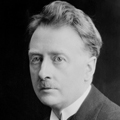
W.T. Cosgrave
1934 - 1944
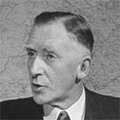
Richard Mulcahy
1944 - 1959
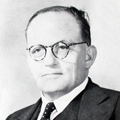
James Dillon
1959 - 1965
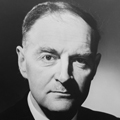
Liam Cosgrave
1965 - 1977
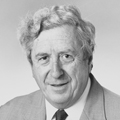
Dr Garret FitzGerald
1977 - 1987

Alan Dukes
1987 - 1990
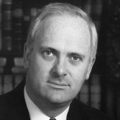
John Bruton
1990 - 2001
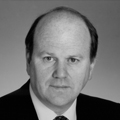
Michael Noonan
2001 - 2002
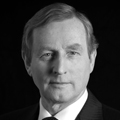
Enda Kenny
2002 - 2017

Leo Varadkar
2017 - Present